I understand that there was one other question regarding avalanche photodiodes, however I am looking more for connecting my APD to a microcontroller (Arduino).
https://www.edmundoptics.com/testing-detection/detectors/avalanche-photodiodes/
As I understand, the middle leg is the "ground" to the casing, while the other two are anode/cathode. However, since my Arduino's ground and anode are technically the same, how should I connect them? Or should the ground be wired to something else entirely?


